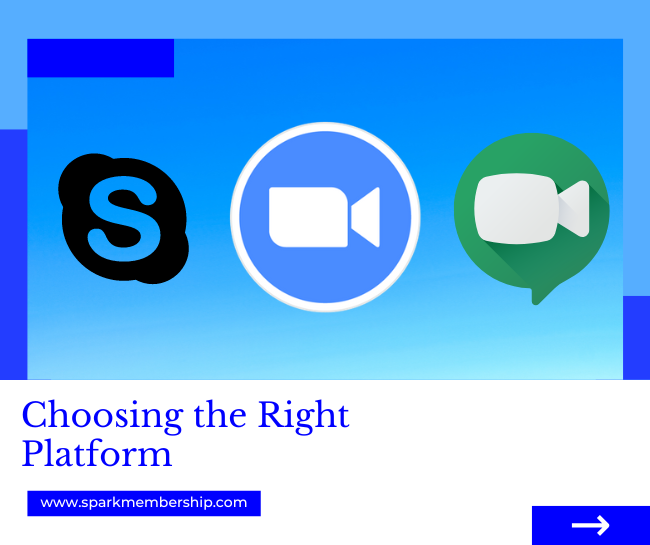
In the wake of the pandemic, many businesses, including kickboxing studios, have had to pivot to offering their services online. If you’re a kickboxing owner, offering online classes can help you reach a wider audience and grow your business. However, transitioning from in-person classes to virtual classes can be challenging. In this guide, we will discuss the key things that kickboxing business owners should consider when offering online classes, as well as best practices for running a successful virtual kickboxing program.
Choosing the Right Platform:

One of the most important things to consider when offering online kickboxing classes is choosing the right platform. There are many virtual platforms to choose from, including Zoom, Google Meet, and Skype. Consider the features you need, such as the ability to share your screen, record sessions, and break participants into smaller groups for sparring sessions. It’s also important to choose a platform that is user-friendly and reliable.
Adapting Your Curriculum for Online Learning:

Teaching kickboxing in person is very different from teaching it online. When adapting your curriculum for online learning, you need to make sure that your instructions are clear, your demonstrations are visible, and your participants are engaged. You can use visual aids, such as videos or images, to help your participants follow along. You can also incorporate music and sound effects to create a more immersive experience.
Technical Requirements and Equipment:

To offer online kickboxing classes, you’ll need some technical equipment:
- Computer or laptop with a webcam and microphone
- Reliable high-speed internet connection
- Video conferencing software such as Zoom, Skype, or Google Meet
- Lighting equipment
- Audio equipment such as a microphone or headset
- A dedicated space for the kickboxing class
💡 Equip your kickboxing studio with quality technical requirements and equipment for seamless online classes and expanding your business reach.
Marketing and Promotion:

Once you’ve set up your virtual kickboxing program, it’s time to start marketing and promoting it. Use social media to reach out to your current followers and encourage them to spread the word. Consider running paid ads on Facebook or Google to reach a wider audience. You can also offer free trial classes or discounts to new participants to entice them to join.
Best Practices for Running a Successful Virtual Kickboxing Program:

To run a successful virtual kickboxing program, you need to keep your participants engaged and motivated. This can be challenging in a virtual environment, but there are many strategies you can use to make your classes fun and interactive
- Encourage participants to turn on their cameras and interact with each other
- Use visual aids and sound effects to make the experience more immersive
- Offer rewards for participation or milestones, such as a free class after attending five sessions
- Ask for feedback and make adjustments based on what your participants want
- Keep your participants engaged and motivated by incorporating variety into your classes
- Consider offering specialized classes, such as kickboxing for weight loss or kickboxing for stress relief
- Use effective marketing strategies, such as social media and paid ads, to promote your program
- Offer free trial classes or discounts to new participants to entice them to join
- Provide a safe and supportive environment for your participants, both physically and emotionally
- Don’t forget to have fun and enjoy the process of teaching kickboxing online!
💡 Knockout success awaits your virtual kickboxing program with these best practices. Gear up, stay motivated, and empower your clients to kick and punch from home!
Offering online kickboxing classes can be a great way to reach a wider audience and grow your business. By following the tips and best practices outlined in this guide, you can successfully transition to offering virtual classes and provide a fun and engaging experience for your participants. Remember to choose the right platform, adapt your curriculum for online learning, consider the technical requirements, and use effective marketing strategies. With a little effort and creativity, you can offer an exceptional virtual kickboxing program that your participants will love.
Upgrade your online kickboxing classes with Spark Membership Software. Manage classes, payments, and connect with your students easily. Sign up today!